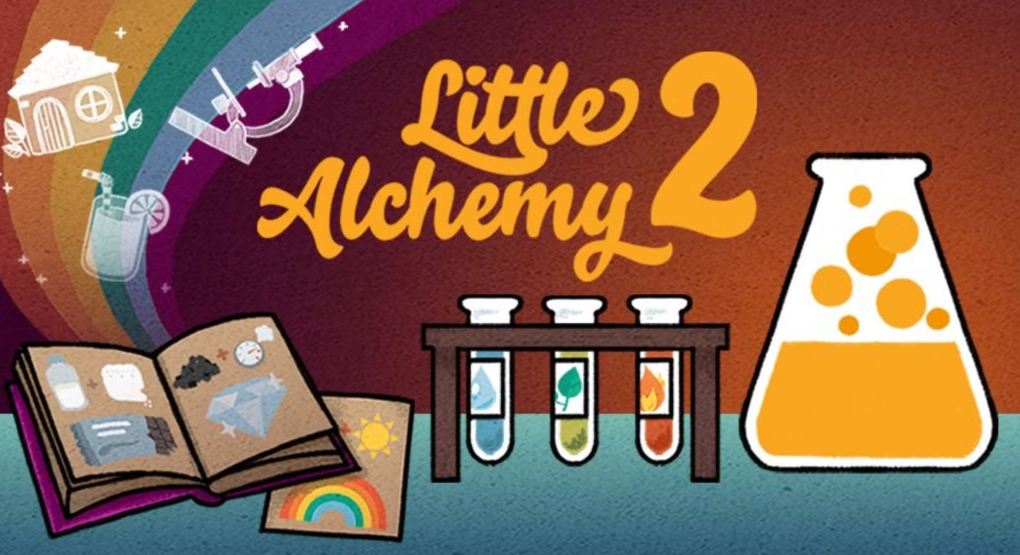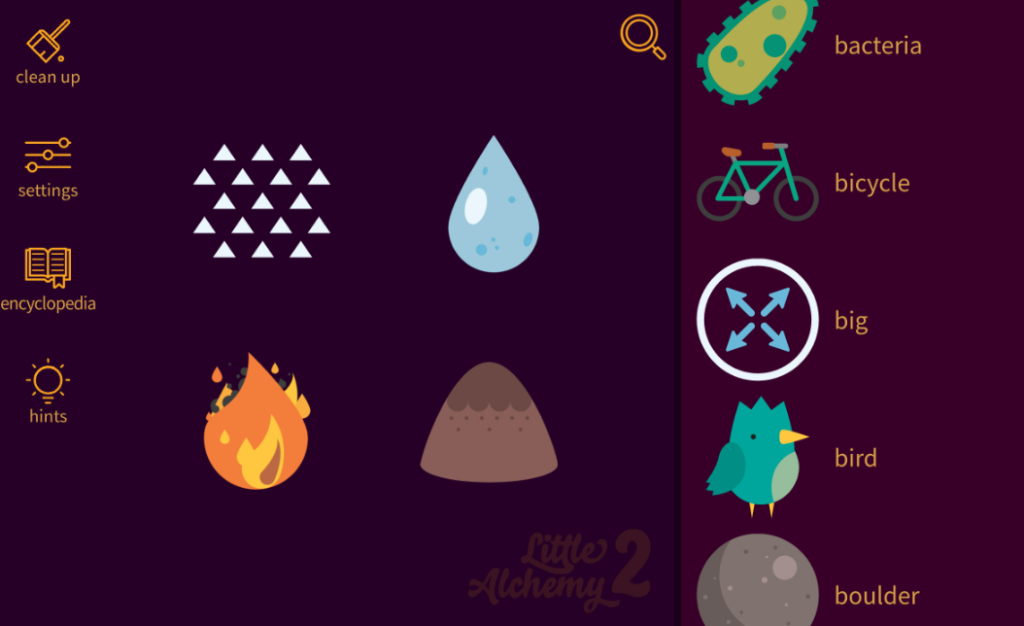Little Alchemy: The Enchanting World of Elemental Creativity
Introduction
Since its debut in 2010, Little Alchemy has captivated millions of players with its deceptively simple premise: combine basic elements to create increasingly complex objects, concepts, and even entire worlds. Developed by Recloak, this browser and mobile-based puzzle game blends science, imagination, and logic into a whimsical sandbox experience. With over 560 elements to discover and endless combinations to explore, Little Alchemy has become a cultural touchstone for casual gamers and creativity enthusiasts alike.

1. Core Mechanics: From Basic Elements to Boundless Possibilities
At its heart, Little Alchemy begins with four foundational elements: air, earth, fire, and water. Players drag and drop these elements onto a workspace to synthesize new materials. For example:
- Steam = Water + Fire
- Lava = Fire + Earth
- Energy = Fire + Fire
- Cloud = Air + Steam.
As players progress, they unlock increasingly abstract creations, such as life (combining energy and swamp), unicorns (rainbow + horse), and even philosophers (human + book). The game’s charm lies in its unpredictable combinations—like crafting a light saber (energy + sword) or Coca-Cola (carmine + soda water).
2. Strategic Depth and Community-Driven Innovation
While Little Alchemy appears simple, mastering it requires strategic thinking:
- Optimization: Prioritize elements that branch into multiple paths. For instance, clay (mud + sand) can lead to bricks (clay + fire) and eventually skyscrapers (brick + brick).
- Creative Problem-Solving: Some combinations defy intuition. To create time, players must first synthesize glass (sand + fire) and then combine it with sand again to form an hourglass.
- Community Collaboration: Platforms like Bilibili and TapTap host tutorials and full-completion guides, where players share discoveries like China (dragon + country) or alien (life + star).
The game’s built-in hint system and uncopylocked projects (e.g., Cardboard Box Simulator) further lower barriers for newcomers, fostering a culture of shared knowledge.
3. Educational Value and Cognitive Benefits
Little Alchemy isn’t just entertainment—it’s a stealthy educational tool:
- STEM Fundamentals: Players learn basic chemistry and physics principles, such as phase changes (water → steam) and energy transfer (fire → electricity).
- Logical Reasoning: The game rewards iterative experimentation, teaching players to hypothesize, test, and refine their approaches.
- Creativity Boost: By blending realism (e.g., bread = dough + fire) with fantasy (e.g., unicorn = rainbow + horse), it encourages out-of-the-box thinking.
Educators have even adopted Little Alchemy 2 (its sequel) in classrooms to spark interest in scientific inquiry and systems thinking.
4. Evolution and Modern Adaptations
The franchise has evolved significantly since its inception:
- Little Alchemy 2: Released in 2017, the sequel added 280 new elements, polished graphics, and dynamic soundtracks. It introduced advanced mechanics like quantum physics (atom + philosophy) and AI (robot + intelligence).
- Mobile Expansion: Optimized for touchscreens, the mobile versions feature intuitive drag-and-drop interfaces and offline playability, making them ideal for on-the-go experimentation.
- Cultural Impact: From fan art to memes, Little Alchemy has inspired a dedicated subculture. Its simplicity and depth resonate across age groups, with players sharing achievements like crafting all 720 elements.
5. Challenges and Future Directions
Despite its success, the game faces hurdles:
- Complexity vs. Accessibility: New players may feel overwhelmed by later-stage combinations (e.g., philosopher’s stone = alchemist + diamond). Tutorials and community guides mitigate this but require ongoing updates.
- Technical Limits: Browser-based versions lack the performance of native apps, though cloud saves and cross-platform sync are improving.
- AI Integration: Future iterations could leverage generative AI to suggest novel combinations or create dynamic narratives based on player choices.

Conclusion
Little Alchemy exemplifies how minimalist design can yield boundless creativity. By transforming basic elements into galaxies, myths, and technologies, it invites players to reimagine the building blocks of existence. As the franchise continues to evolve—bridging education, entertainment, and community—it remains a testament to the enduring appeal of curiosity-driven play. Whether you’re a casual gamer or an aspiring alchemist, Little Alchemy offers a universe where every combination is a step toward discovery.

